What is osmosis and why is it important for cannabis plants?

Osmosis is one of the key processes that cannabis plants, and other plants, use to survive and thrive. Find out all about it here, and discover how to optimise the soil conditions in your weed grow to keep osmosis moving!
Contents:
There are few processes more essential to a plant’s existence than osmosis. Without it, plants wouldn’t be able to feed, photosynthesise, or stand upright—so it’s an understatement to say it’s important!
This natural process happens without the plant having to use any energy, which makes it a highly efficient adaptation. Moreover, it means that, for the most part, you can sit back and let it do its work. That being said, it’s worth being aware of how osmosis works so you can optimise the growing conditions for your cannabis plant, allowing it to thrive.
What is osmosis?
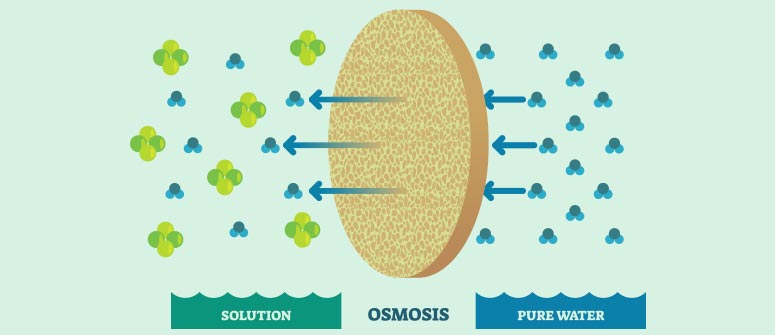
Osmosis is a type of diffusion whereby water moves through a semipermeable membrane from a place of higher pressure to lower pressure. Although this can happen with many membranes, it most often occurs in cell membranes.
Water will also move in the direction of solutes, such as salt or sugar. This can happen in spite of pressure, which is why salt can be so dangerous in terms of dehydrating cells.
Cells use osmosis as a passive way to hydrate themselves. It is passive in that the cell needn’t expend any energy to make the process happen. Osmosis relies on equilibrium. If there is less water inside a cell than there is outside, then water will move into the cell until there is an equilibrium.
What is osmotic pressure?
Osmotic pressure refers to the amount of pressure it would take to stop water molecules from passing through a semipermeable membrane, and this is determined by solvent (such as water) concentration.
Osmotic pressure stops the inward flow of water through a membrane. For instance, if a cell is full of water, then the osmotic pressure will be such that no more can pass through the cell membrane. If it did, then the cell would burst.
Where does osmosis occur?
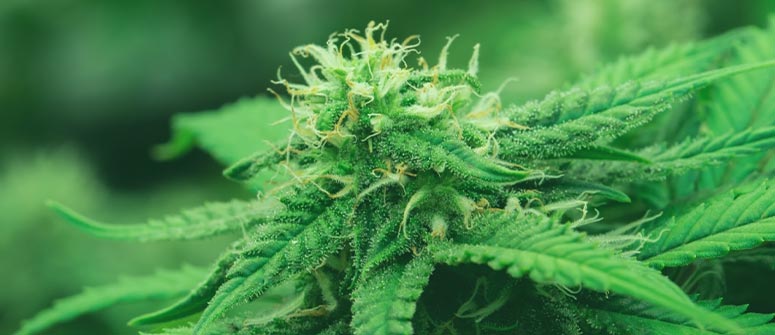
Osmosis occurs wherever there are solutes, solvents, and semi-permeable membranes. In the context of this article, we’ll mostly be talking about osmosis in marijuana plants, where it is key to their survival. But it also occurs in many other common circumstances. Some examples of osmosis include:
- Our own cells
- Rehydrating dried food
- Wrinkled fingers after the bath (they absorb water)
- Reverse osmosis water (RO water)
When will osmosis stop?
Osmosis rarely ever stops, especially in the natural world. However, there are times when an equilibrium is almost achieved, and this is when the process slows. Simply put, if there is the same amount of water or solute on both sides of a semi-permeable membrane, then the passage of water through it will more or less cease.
How osmosis works in cannabis plants, and why it is so important
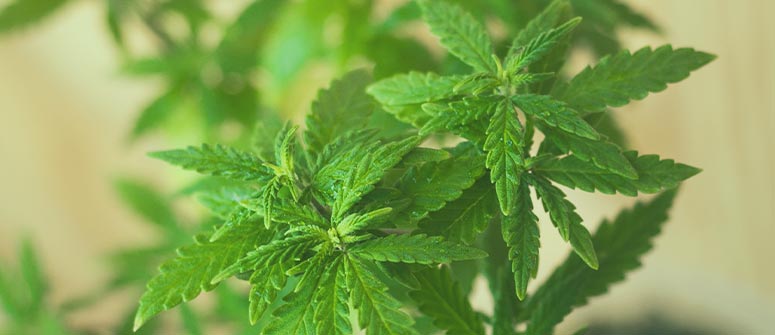
Osmosis is essential to a cannabis plant’s existence. This simple process governs a surprising amount of processes in the plant, and without it, they would stand no chance. Almost every essential process requires osmosis.
Water and nutrient absorption
Cannabis plants rely on osmosis to absorb both water and nutrients from the soil. In order for nutrients to be used by a plant, they must be dissolved in water (think of your fertiliser). When the water concentration in the soil exceeds that of the plant’s cells, then, via osmosis, water will diffuse from the soil into the roots, from where it will then be transported around the plant.
Water is transported from the roots to other plant regions via a type of vascular tissue known as xylem. This sophisticated process means that plants can absorb water from the soil and maintain turgidity without expending any of their own energy—it relies entirely on osmosis.
Moreover, this process brings in nutrients too. Nutrients in the soil, which are dissolved in water, come into the plant as a byproduct of osmosis. However, this isn’t the plant's only way of feeding; indeed, they rely mostly on different types of diffusion to access the majority of their nutrients.
Nevertheless, nitrate, calcium, and sulphur are water soluble, and are thus available in the water that is absorbed by plants as a consequence of osmosis. This is why a healthy root system is so important. Without one, plants are unable to absorb most of the ingredients they need to survive.
Eliminating waste products
Marijuana plants also use osmotic pressure to get rid of waste products in the form of solutes. These are then either excreted in sap or stored in leaves, which eventually die and drop off.
Photosynthesis
Plants use water, CO₂, and sunlight in the process of photosynthesis. When cells fill with water, they become turgid, which causes stomata on the leaves to open, which allows CO₂ in. Stomata are small cells on the surface of the leaves that can open and close. When they are closed, water cannot evaporate and CO₂ cannot enter. When they are open, the reverse is true.
When they are open and water evaporates, this is known as transpiration. This process pulls water up through the plant and controls the turgidity of cells. As water evaporates, the water content of the plant reduces, meaning water is then absorbed from the soil.
Helps plants remain turgid
Turgidity refers to how full of water a cell is. A turgid cell has a lot of water in it; a flaccid cell has little or no water in it.
Turgidity isn’t just necessary to open stomata, but actually gives a cannabis plant its structure too. Plant leaves and stems wilt when they dehydrate because their cells become flaccid, meaning they don’t have enough water to retain their structure. Think of a balloon full of air, compared to one containing only a little—this should demonstrate the concept of turgidity.
How to manage osmosis in the cannabis root zone
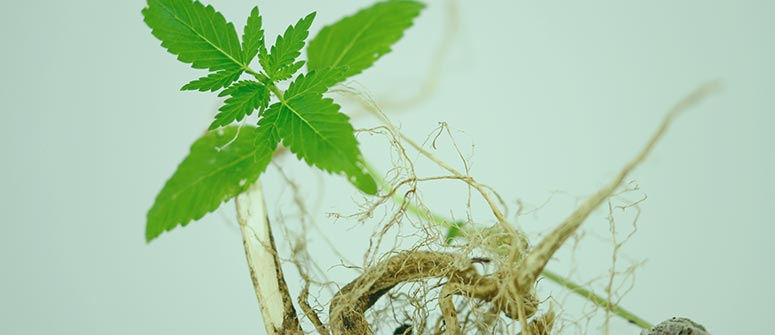
As water also moves in the direction of solutes, it’s important to have a higher solute concentration in the roots of your marijuana plant compared to the soil—otherwise osmosis won’t take place (at least not in the direction you want it to).
In nature, plants are able to produce sugars in the form of starch in their roots, depending on the osmotic pressure of the soil. This means that they can continue to absorb water. However, due to the concentrated nature of many cannabis fertilisers, it can be easy to accidentally apply so many solutes in the soil that the plant can’t compensate.
As time goes on, this will lead to a buildup of nutrients in the soil, which could cause nutrient lockout. If you think this has already occurred, then it’s a good idea to flush your soil with pure water to get it nutrient free!
To avoid it altogether, it’s a good idea to use high-quality organic fertilisers. The plant is able to manage organic compounds in the substrate more easily than synthetic ones. Also, it’s worth adding feed to drier soil, as this aids absorption. If you add fertiliser to soaking-wet soil, then the plant won’t be able to absorb anything, and eventually the water will evaporate but the nutrients will remain behind.
What is reverse osmosis?
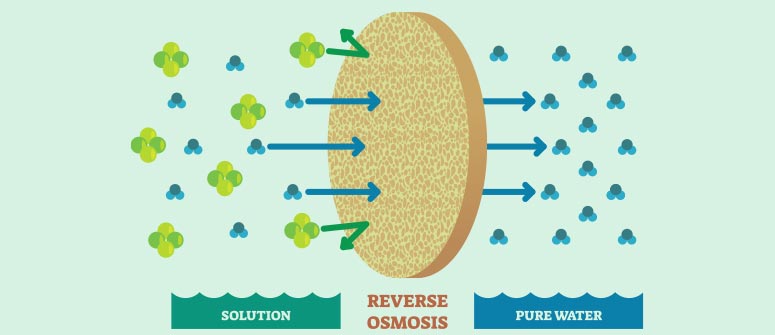
Reverse osmosis (RO) uses artificial force to push water through a semipermeable membrane against osmotic pressure. It’s used as a filtration process, as it allows water to move from an area of high solute concentration to an area of low solute concentration.
This means that RO water is free from contaminants and impurities. Interestingly, reverse osmosis water is used by some cannabis growers to perfectly dial in feeding and watering regimens, and prevent chemicals found in sources such as tap water from being absorbed by their plants. However, integrating an RO water system into your home setup can be quite expensive.
Osmosis: The key to how weed absorbs water and nutrients
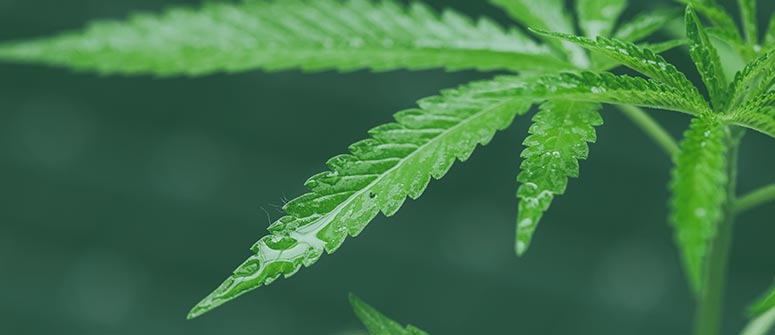
As you can see, osmosis is truly essential to a plant's life. Without it, they wouldn’t be able to absorb water, nutrients, or CO₂—nor would they be able to move waste products around their anatomy. Indeed, without turgid cells, they would collapse.
In the realm of cannabis cultivation, for the most part, osmosis takes care of itself. However, when it comes to looking after your weed plant’s root zone, it’s worth bearing the above in mind so you can create the perfect environment for your plants to flourish!




